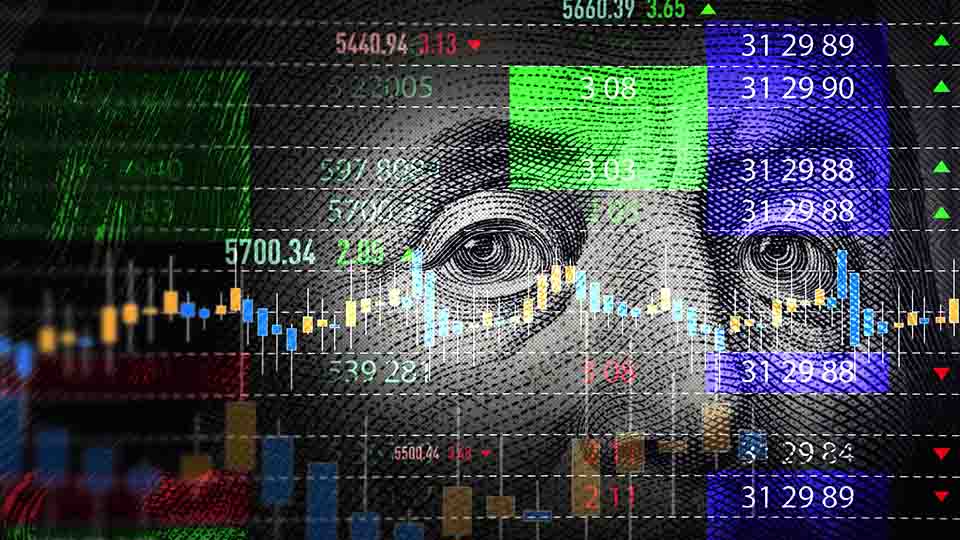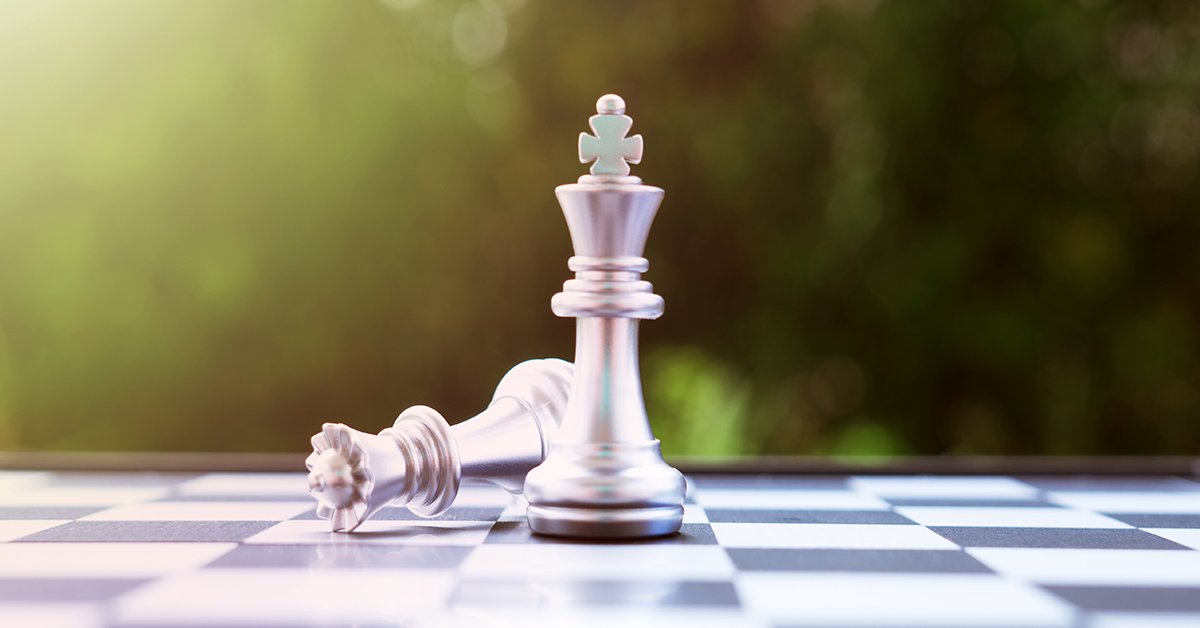Market Volatility Has One Final Act
13 July 2022
When Will It be Over?
The short answer: not yet. Financial tightening by central banks is never good for financial assets. And while the first half of 2022 has already been painful, we are only now in mid-summer, experiencing the onset of “quantitative tightening,” which is when the central banks stop buying bonds. This, to me, is the final act in this process, and it may take a few months to work itself out. I am hoping that there are no implosions by major, indebted countries, or major dislocations in fixed income or banking markets.
The second signal that will imply less pressure on financial markets—stocks and bonds—is weaker labor markets, because only that, I believe, will slow wage pressure and therefore, inflation. While there will likely be many minor signals and headlines, we may not have confirmation of cooling wage pressure until year-end or into 2023.
For over a year, I’ve been saying that we would be in a better position to gauge inflation persistence once we know whether inflationary psychology has affected wages. Despite a cooling U.S. economy, the labor market is still hot. There is a strong relationship between wages and inflation, which historically becomes more pronounced during periods of high inflation. Based on the fact that the record setting spending stimulus has led to wage inflation, our view now is that inflation will be higher for longer.
Rising Correlation: Upward Pressure on Wages Leads to Upward Pressure on Inflation
Source: Bloomberg. Data as of March 2022.
Rolling 3-year correlations of the 3-year averages of U.S CPI Urban Consumers to U.S. Unit Labor Costs Non-Farm Business Sector.
While I expect to be in an elevated inflation regime for an extended period of time, there should be some temporary relief on the horizon from the negative wealth effect from declining asset values, a recent pullback in commodity prices and improving supply chains. But asset values can still fall further from here, commodity prices are still high by historical standards, and supply chain pressures are still at last summer’s levels.
Consumers are being squeezed from high inflation and more restrictive, yet still accommodative, monetary policy. I estimate the evisceration of over $40 trillion from the global stock, bond and crypto markets as a result of the current macroeconomic conditions. That equates to nearly half of the world’s GDP!
With the Consumer Price Index up 8.6% in May, the market sees the Fed Funds Rate reaching 4%. Given the rate of inflation, it’s hard to believe that long rates have peaked, so I see the 10-year Treasury rate potentially going to 4% as well. The market has probably priced most of this in now. The Federal Reserve began its quantitative tightening in June, and I am watching for breakage in the credit market. So far, so good. Credit spreads have widened to 5-year averages, and if we’re correct in our assessment, recession has not been priced in yet.
Watching China’s Economy
At the same time, the markets are concerned with slowing growth in Europe, the U.S., and China. As one of the biggest drivers of global growth, China’s economy should be watched closely, and it dipped into recession territory. China’s PMI numbers for both manufacturing and services have been in contraction zone for several months, and it’s surprising to investors that there haven’t been more stimulative policies this year.
China’s Economy Dipped Into Recession
Source: Bloomberg LP. Data as of 30 June, 2022.
Multi-year Themes Update: Resources Transition and Blockchain Disruption
When I spoke to Capital Link’s CEF & Global ETFs Forum last October, I focused on the two themes that I felt represented extreme value (the resources transition) and extreme growth (blockchain). The market has obviously changed a lot since then.
Despite a recent pullback, in broader terms commodities have broken out of their prolonged bear market to reach record highs, driven by forces—primarily, the supply-demand imbalance—that have been in place even before Russia’s invasion of Ukraine. The Russia-Ukraine crisis has, however, accelerated efforts to reduce dependency on Russian energy supply in Europe, and part of that plan includes a shift towards renewable energy.
Commodity prices have more than doubled from their COVID lows. Yet, the supply response across all industries has been limited due to the emphasis on capital discipline and environmental, social and governance constraints. If we are in the early stages of an economic slowdown then it is very unlikely that we will see an increase in capital expenditures leading to additional supply. This should lead to a swift rebound in prices when economic growth resumes.
We still like commodity equities, particularly companies involved in green metals used in electric vehicle and clean energy components and, perhaps with a longer-term horizon, agribusiness companies looking to innovate for more efficient, climate-friendly and sustainable food production. Fears of global recession have hurt these investments, but I believe the longer term trends will prevail.
The fallout from the Terra ecosystem’s collapse in May on the broader digital assets market cannot be understated. It caused major damage, and bankruptcies and liquidations of borrowing/lending firms are likely ahead, not to mention litigation from retail investors. A more in-depth look at the impact of LUNA and its UST stablecoin collapse is explored here. Volatility is a given with crypto, with Bitcoin and Ethereum under the most pressure from their status as the “reserve” holdings for many in the crypto world. However, while I used to think Bitcoin’s drawdown risk was 90% back in 2017, in current the current environment, I expected the drawdowns to be more muted. This is because the underlying blockchain technology is being used to gain efficiency and reduce risk in the financial system, and I believe adoption will keep expanding. So far, with Bitcoin down nearly 75% from its peak of nearly $68k to a low of below $18k, that view has not been correct. However, I generally view this as a good buying opportunity. Looking to the latter half of the year, we are anticipating the Ethereum blockchain upgrade from proof-of-work to proof-of-stake. This is a major event that will lead to a lot of changes in the blockchain ecosystem.
Growth Is Less Rich Relative to Value
For much of 2021, many growth stocks had been very richly valued. At the end of 2021, the price-to-earnings (“P/E”) ratio of the Russell 1000 Growth Index was hovering around 40. By comparison, during that same period, the P/E ratio of the Russell 1000 Value Index was below 20.
We hadn’t seen such a big dislocation between growth and value stocks since the Technology Bubble in the early 2000s. That is why, at the start of 2022, we said to wait to buy growth. We could be getting near the end of that waiting period, but investors should be cautious. The current spread between the P/E ratios of growth and value stocks is over 11 and the long-term average is 8. If inflation remains persistently high, as we expect, then this spread may go even lower.
P/E Spread Between Russell 1000 Growth & Value
Source: Bloomberg. Data as of 30 June, 2022.
Informations importantes
À des fins d’information et de publicité uniquement.
Ces informations proviennent de VanEck (Europe) GmbH qui a été désignée comme distributeur des produits VanEck en Europe par la société de gestion VanEck Asset Management B.V., de droit néerlandais et enregistrée auprès de l’Autorité néerlandaise des marchés financiers (AFM). VanEck (Europe) GmbH, dont le siège social est situé Kreuznacher Str. 30, 60486 Francfort, Allemagne, est un prestataire de services financiers réglementé par l’Autorité fédérale de surveillance financière en Allemagne (BaFin). Les informations sont uniquement destinées à fournir des informations générales et préliminaires aux investisseurs et ne doivent pas être interprétées comme des conseils d’investissement, juridiques ou fiscaux. VanEck (Europe) GmbH et ses sociétés associées et affiliées (ensemble « VanEck ») n’assument aucune responsabilité en ce qui concerne toute décision d’investissement, de cession ou de rétention prise par l’investisseur sur la base de ces informations. Les points de vue et opinions exprimés sont ceux du ou des auteurs, mais pas nécessairement ceux de VanEck. Les avis sont à jour à la date de publication et sont susceptibles d’être modifiés en fonction des conditions du marché. Certains énoncés contenus dans les présentes peuvent constituer des projections, des prévisions et d’autres énoncés prospectifs qui ne reflètent pas les résultats réels. Les informations fournies par des sources tierces sont considérées comme fiables et n’ont pas été vérifiées de manière indépendante pour leur exactitude ou leur exhaustivité et ne peuvent être garanties. Tous les indices mentionnés sont des mesures des secteurs et des performances du marché commun. Il n’est pas possible d’investir directement dans un indice.
Toutes les informations sur le rendement sont historiques et ne garantissent pas les résultats futurs. L’investissement est soumis à des risques, y compris la perte possible du capital. Vous devez lire le Prospectus et le DICI avant d’investir.
Aucune partie de ce matériel ne peut être reproduite sous quelque forme que ce soit, ou mentionnée dans toute autre publication, sans l’autorisation écrite expresse de VanEck.
© VanEck (Europe) GmbH
Inscrivez-vous maintenant à notre newsletter
Related Insights
Related Insights
13 décembre 2024
06 août 2024
01 mai 2024
08 décembre 2023
13 décembre 2024
06 août 2024
01 mai 2024
08 décembre 2023




